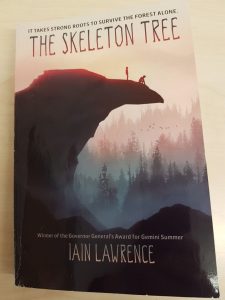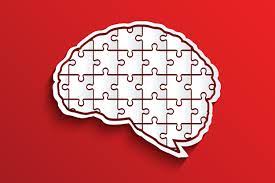Nature Connection and Language Arts
As we continue our unit on the Nature Connection, here is a summary of what we are doing for Language Arts, which is intertwined into all of our activities:
- Latin Words: To better understand our discussions around taxonomy and the classification of animals in science, we are studying Latin prefixes and suffixes, which are often used in scientific terms. They are also useful for gleaning the meaning of words we don’t know, as Latin is the root of the English language. There are tasks in each student’s binder, and there was class time given to do the work. Ideally these are completed by Tuesday, May 16th end of day.
- Descriptive and Figurative Language: As we go outside for our walks and discuss our connection to nature, we are working on being descriptive with our vocabulary. In class, we have done some exercises in our journal to begin this journey. We are using the book Rip the Page to do poetry writing explorations, designed to get our creative imaginations flowing. We will also learn about figurative language such as personification, metaphor, and simile, as well as forms of poetry including free verse, tankas, quatrains, and ballads. Each day we will try to do 1-2 different activities.
- Poetry Journal: Students will store these poetry explorations in their journals and then select some to be put in an artistic presentation. More to come on the options for completing this, but in the meantime, students are collecting their poems each day in their journals.
- Skeleton Tree: We will be discussing how one can survive in nature, and the relationship between people and the land, through the novel Skeleton Tree. Students will use the Question, Answer, Response method as we read, which encourages them to think of deeper questions and to notice details while reading. We will do this together as a group, then students will produce a brief e-port book report.
More details to come about specific assignment details and due dates. This is just a summary of what we are doing.
Thank you,
Ms. D


